The field of immunology has undergone a period of explosive growth since the past twenty years. Immunology is now in an epoch of creative fervour that can be linked to the heroic decades when different pioneer scientists like Louis Pasteur, Robert Koch and the colleagues built the foundation of Microbiology. Immunology is deepening our understanding of disease processes and providing new diagnostic and therapeutics approaches, such as monoclonal antibodies which serve as an important tool for highly specific detectors of pathogenic micro-organisms, tissue damage, cancer and probe to detect differences in various antigens. The impact of Immunology can well be exemplified by small pox eradication and various beneficial effects of vaccine for the control of dreadful epidemics of humans and livestock. Vaccine has become prisoner of their own success. A genuine renaissance in vaccinology research has brought forward what could be termed as a surfeit of ruches. The most powerful development of all DNA vaccines have made their explosive entry, possibly signaling a revolution in the science of vaccine based on their ease of production, stability and simplicity of combination. Host parasite relationship has been extensively dealt with to understand our protective force in relation to the forces found in the armamentarium of our enemy. Specific relevant information have been given in all the chapters. In this there are twenty chapters. It has been recently observed that horizon of the study of immunology teaching in increasing as most of the vocational courses approved by the university Grants Commission has included immunology in its course curriculum. Thus, each chapter has been written, keeping in view the course outline of immunology in Medical, Veterinary (VCI course), Biotechnology, Bioinformatics and other vocational courses in which immunology has been included. Though it is an arduous task to include many advances made in the field, yet it has been tried to include multitude of complex and diverse information to make this text innovative, stimulato0ry and useful. Each chapter has been provided with multiple choice questions with answers in order to prepare students for various competitive examination. At the same time each chapter has been provided with required illustrations and tables. The research challenge in the field of immunology is unbound and we have to go to a long way in this field to reach the target. Apart from the basic research there is a great to emphasize upon its practical applications to bring respite to mankind.
Principles of Immunology: Student’s Compendium
In stock
Free & Quick Delivery Worldwide
reviews
Bibliographic information
Title
Principles of Immunology: Student’s Compendium
Author
Edition
1st ed.
Publisher
ISBN
8181891821
Length
xx+337p., Tables; Figures; References; Index; 23cm.
Subjects

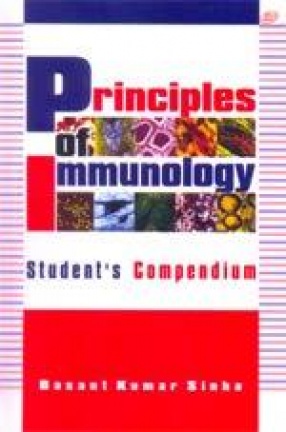
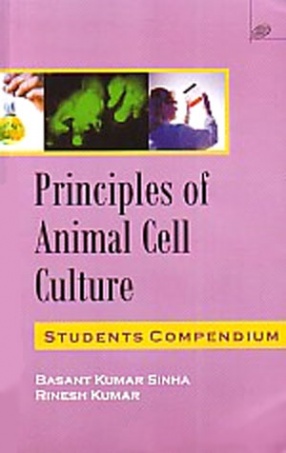
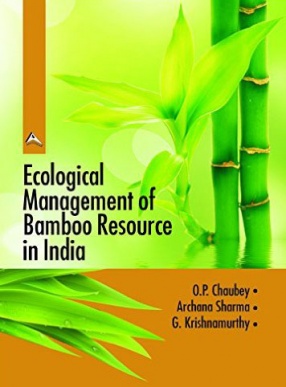
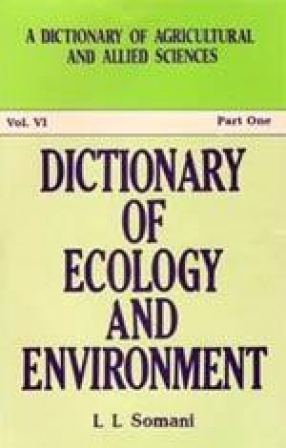
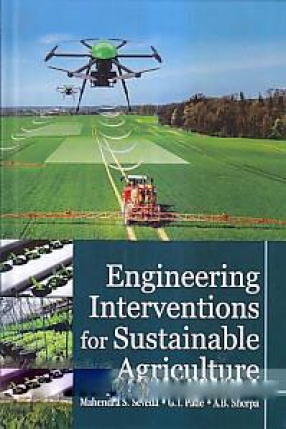
There are no reviews yet.